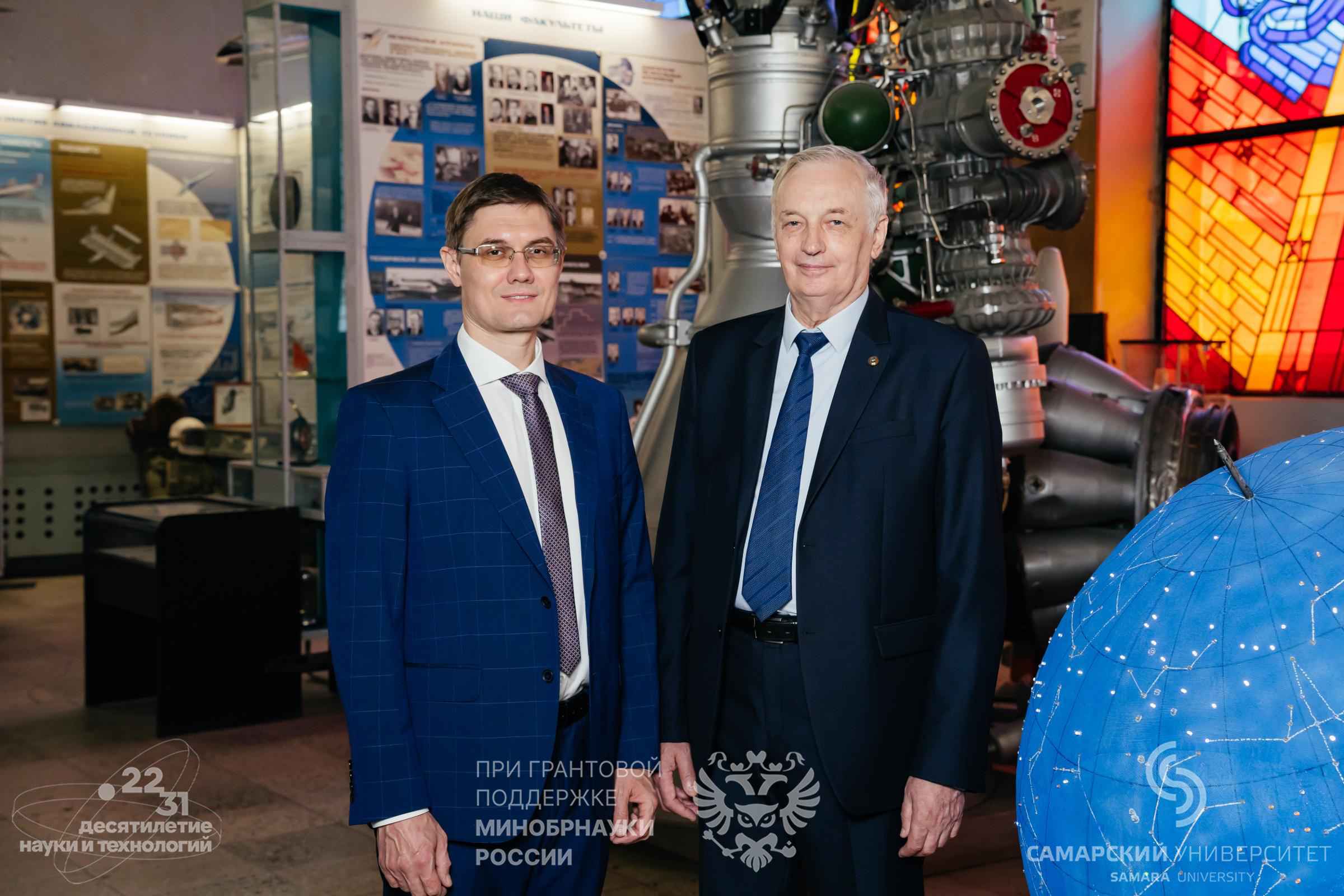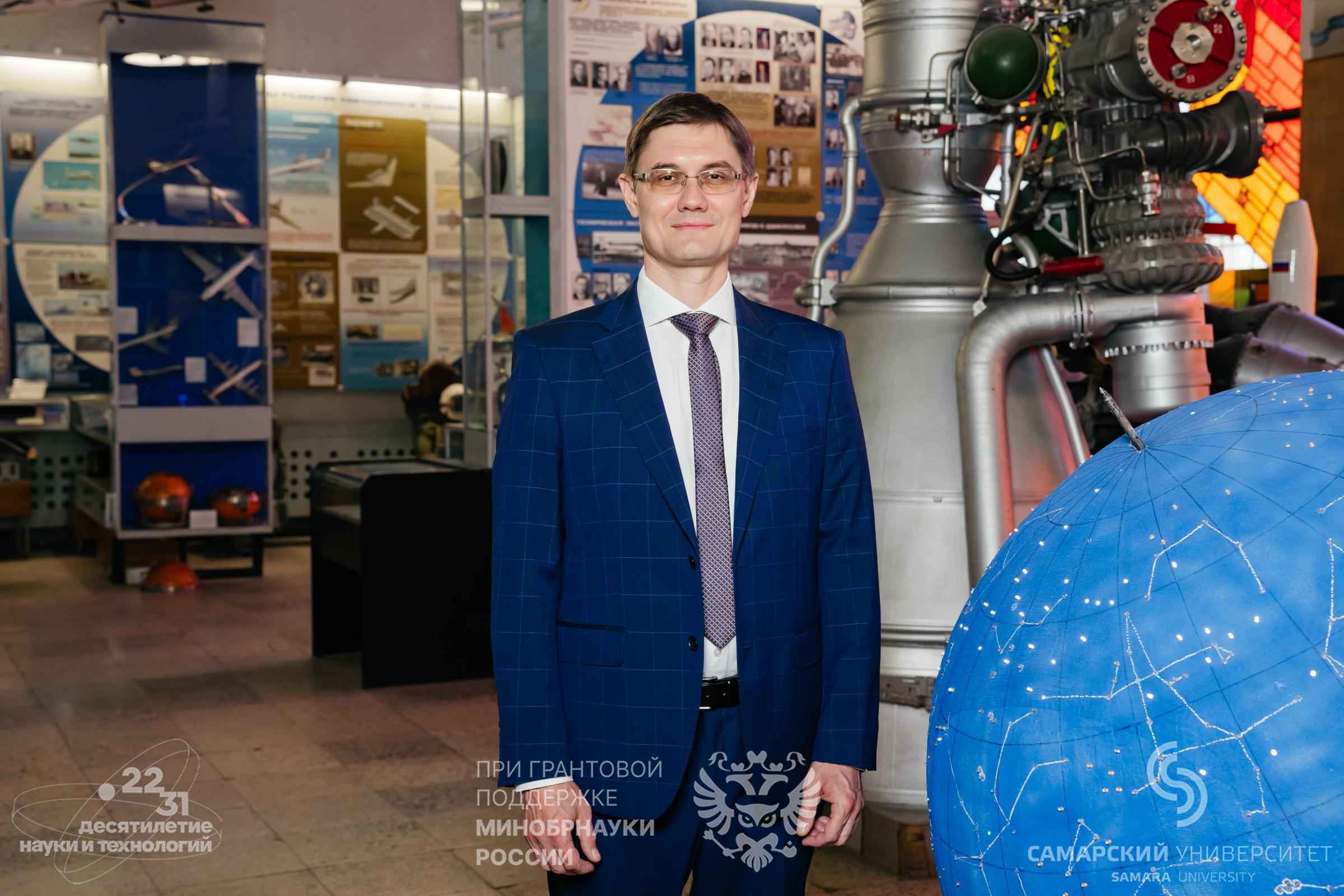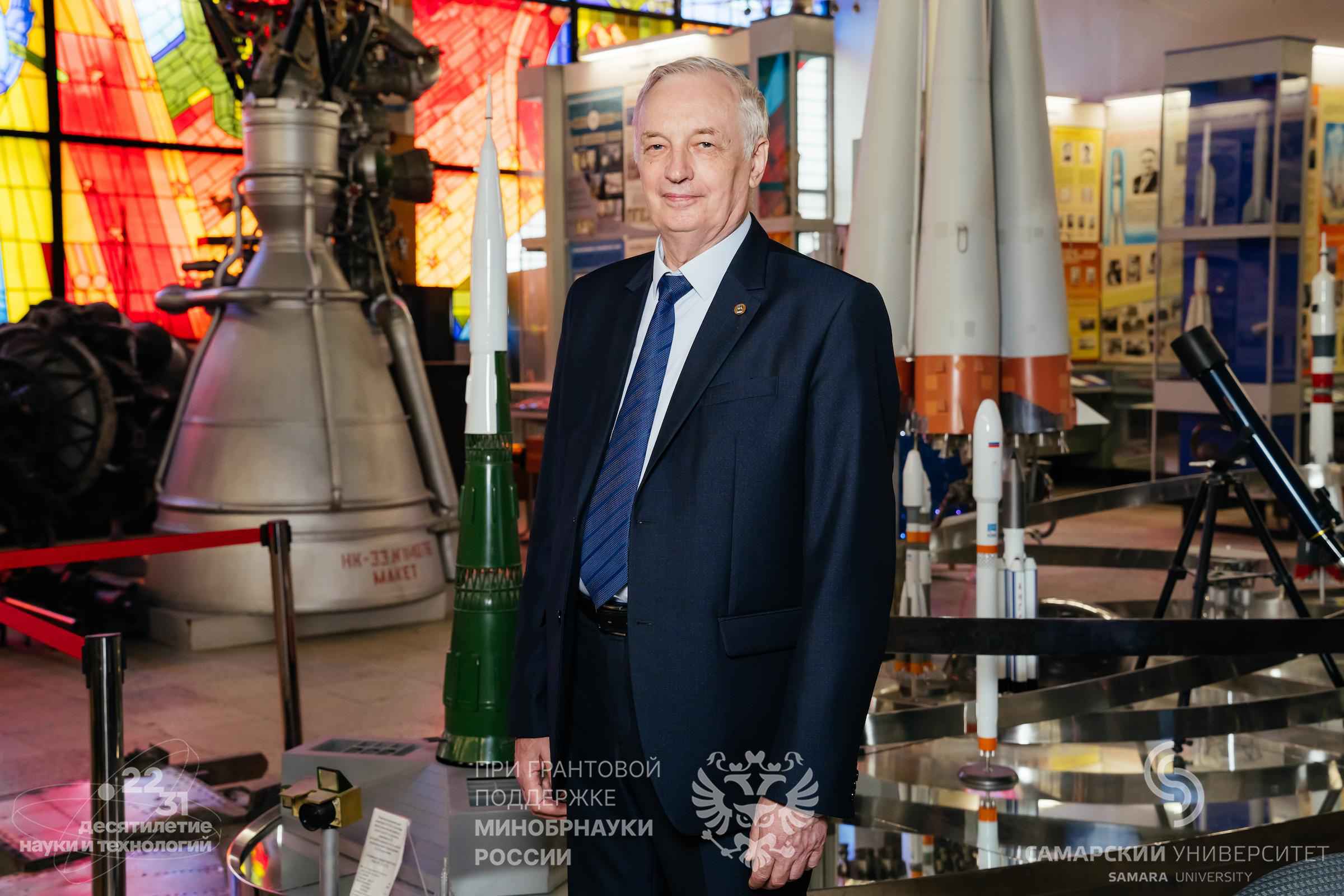Scientists from Samara University and the Institute of Electrophysics and Electric Power Engineering of the Russian Academy of Sciences (Saint Petersburg) have developed a technology that makes it possible to strengthen metal materials used in aviation and space equipment by applying laser processing. Experiments have shown that short and powerful laser pulses can significantly improve the condition of the materials processed, reducing the probability of cracks and other deformations during operation.
The experimental study of strengthening materials was conducted with the financial support of Russia’s Ministry of Education and Science, as part of the large-scale All-Russian project “Fundamental Problems of Developing Aerospace Transport Systems and Controlling in Aerospace Technology for Ensuring Connectivity of the Territory of the Russian Federation”.
The results of the study are published in the authoritative scientific journal Acta Astronautica, which is published under the auspices of the International Academy of Astronautics.
“Metal structural materials used in aviation and space experience extreme loads during their operation, therefore, for increase their service life and flight safety, it is extremely important to increase their strength both in manufacturing new components and parts, and in repairing used devices and aircrafts. This scientific paper is dedicated to the experimental study of laser shock processing of structural materials by applying powerful nanosecond laser pulses. This technology reduces surface micro-damage and increases the resistance of the material to crack growth. As the result, the increase in strengthening the microstructure of the material can reach 20 % in some cases”, said Georgy Makaryants, Head of Samara University’s Department of Aircraft Maintenance.
According to the scientist, the strengthening effect is achieved due to the mechanical deformation produced by the shock wave from the laser pulse due to the rapidly expanding plasma in the area of the irradiation spot. The shock wave creates micro-depressions several micrometers deep on the surface of the sample, and compressive stresses form in the subsurface layer, making the material stronger than it was originally.
The experiments were carried out on the neodymium laser unit. Powerful nanosecond laser pulses with the duration of 10 ns and the energy of up to 1 J at the wavelength of 1,064 nm were used. The laser spot diameter was about 1,500 μm, which resulted in the pulse energy density to range from 20 to 32 J/cm2. For studying the surface morphology of the original and laser-processed samples, a scanning electron microscope and an optical profilometer measuring surface roughness were used.
“During the study, the laser processing parameters of structural materials, providing the necessary laser-radiation power density, were calculated in detail. Practical results of laser shock strengthening of materials, such as copper and aluminum alloy, at different energy densities and with/without a protective coating on the materials, have been obtained. Using the design data, it is possible to achieve the optimal effect of laser shock processing. The results of this study are, surely, mostly of fundamental importance, but they can be used for creating industrial technology and in the production of aviation and space technology”, noted Georgy Makaryants.
The material is prepared with the support of Russia’s Ministry of Education and Science, in the framework of the Decade of Science and Technology.
For reference:
Samara University won the grant for implementing the project “Fundamental Problems of Developing Aerospace Transport Systems and Controlling in Aerospace Technology for Ensuring Connectivity of the Territory of the Russian Federation”. It will be implemented within the departmental project “Development of Institutes of Grant Support for Researchers, Scientific and Creative Groups” of the State Program “Scientific and Technological Development of the Russian Federation”. The project term is from 2024 till 2026.
The head executor is Samara University, the co-executors are the Moscow Aviation Institute and the RAS Institute of Electrophysics and Electric Power Engineering. The work is headed by Academician of the Russian Academy of Sciences, Professor Evgeny Shakhmatov, and Scientific Supervisor of Samara University.
The project goal is solving fundamental scientific problems of developing aerospace transport systems and controlling over aerospace engineering, necessary for ensuring connectivity of the territory of the Russian Federation, as well as for developing and using outer space and airspace for the new territories’ integration in face of geopolitical and climatic challenges by increasing efficiency of both atmospheric and space aircrafts that are carriers of the Earth remote sensing equipment based on new methods of controlling their movement, methods of increasing their energy efficiency, methods of ensuring reliability of control equipment, methods of protecting against dynamic and thermal effects on the payload, as well as improving quality of the Earth remote sensing based on the new methodology for joint analysis and processing of heterogeneous and time-varying data obtained from aircrafts.
Photo by Olesya Orina
 RU
RU  EN
EN  CN
CN  ES
ES 




